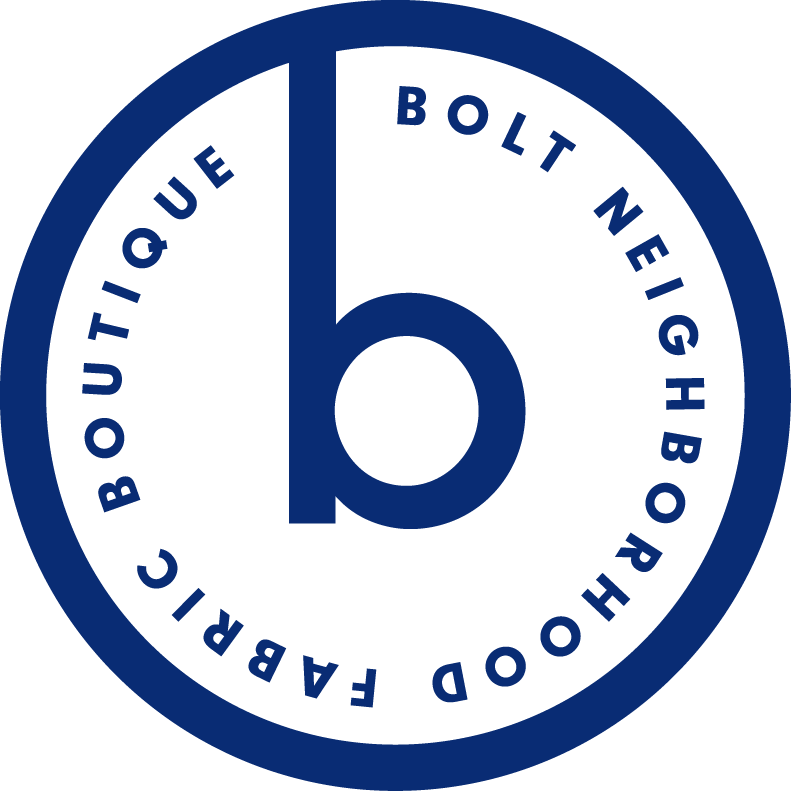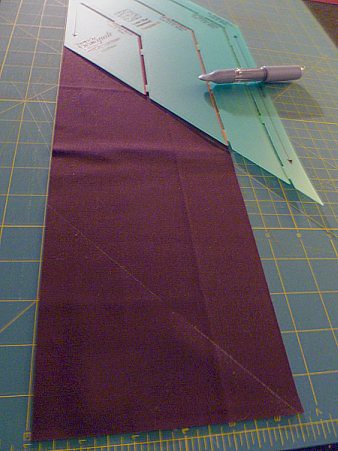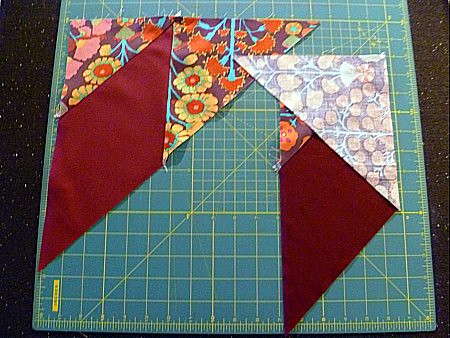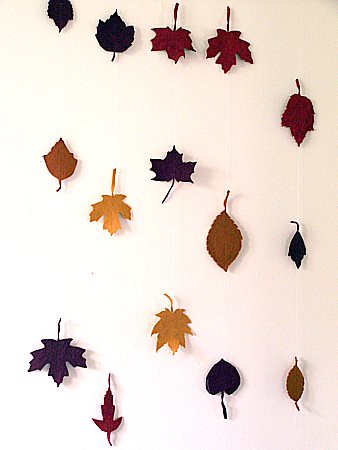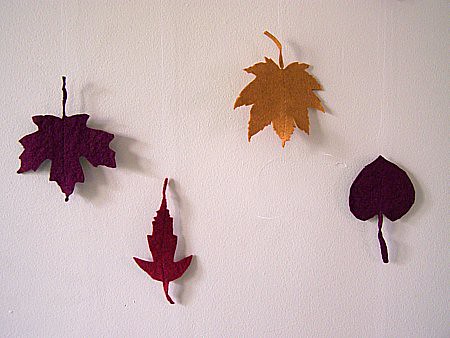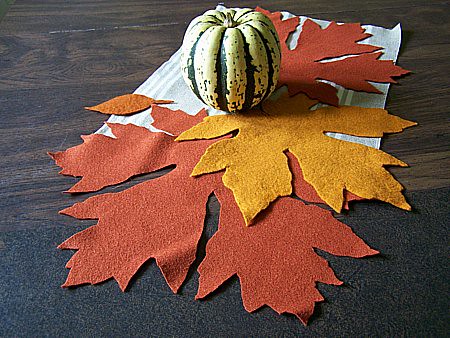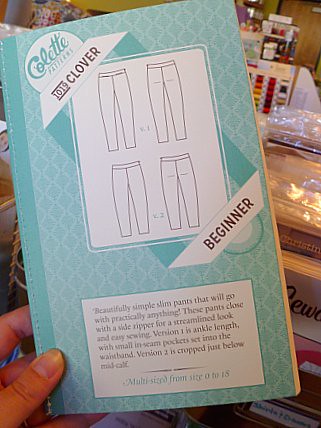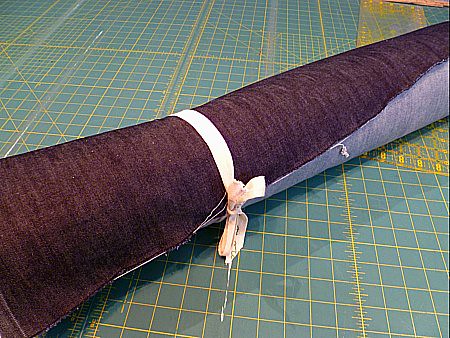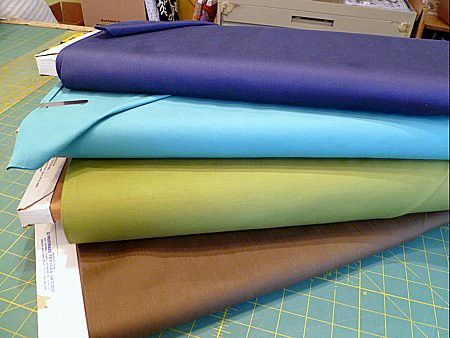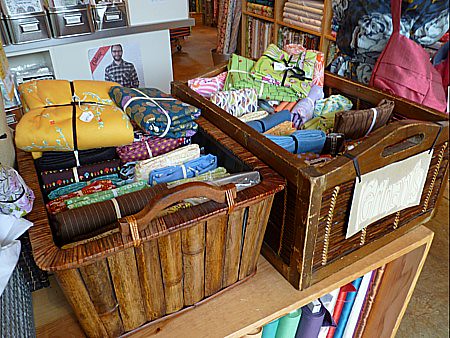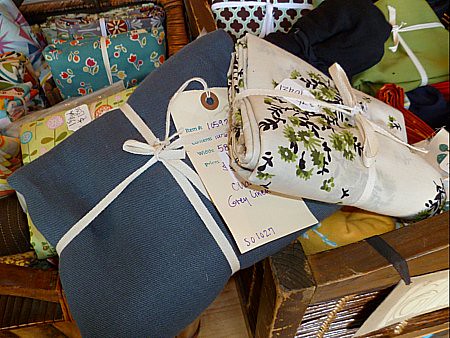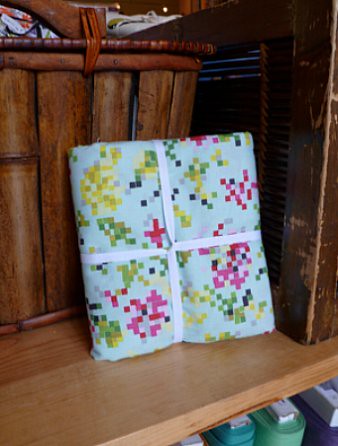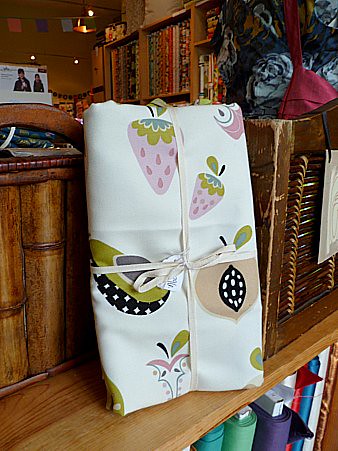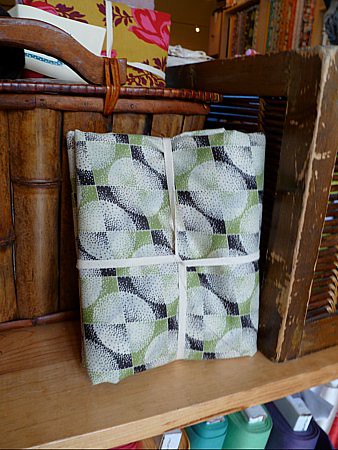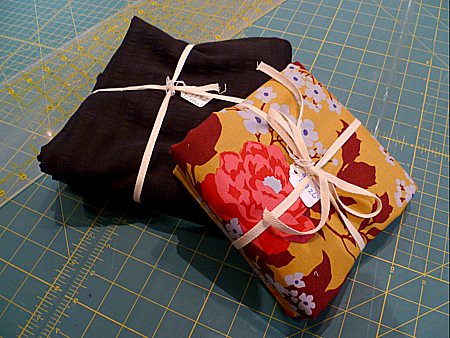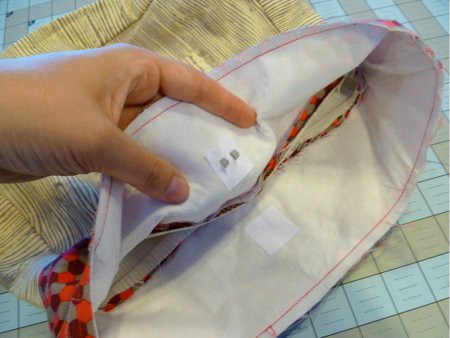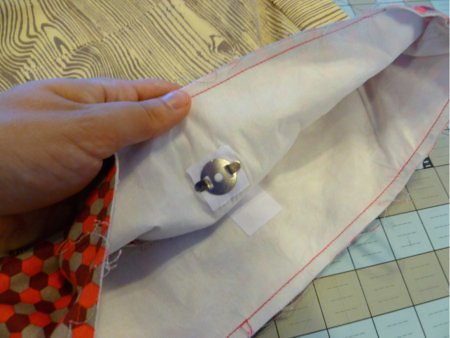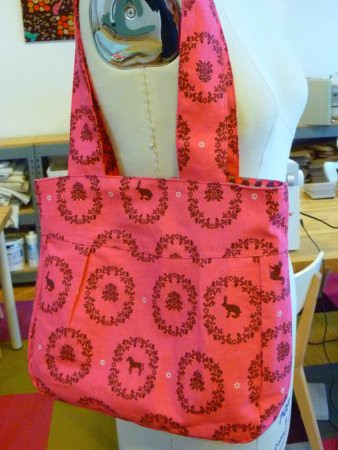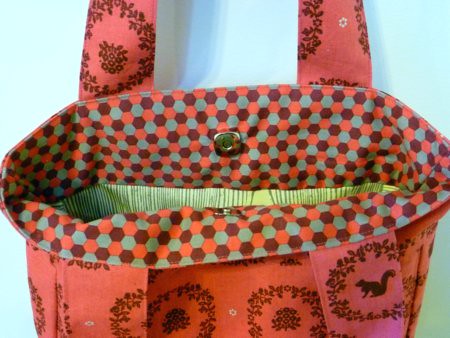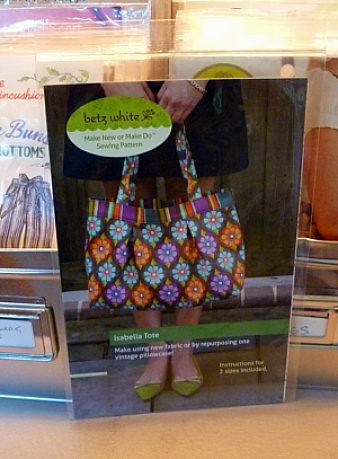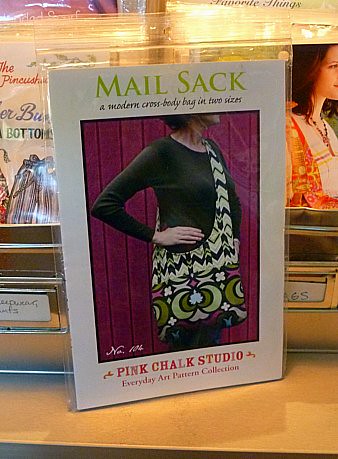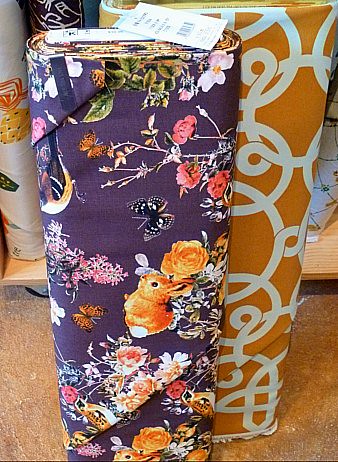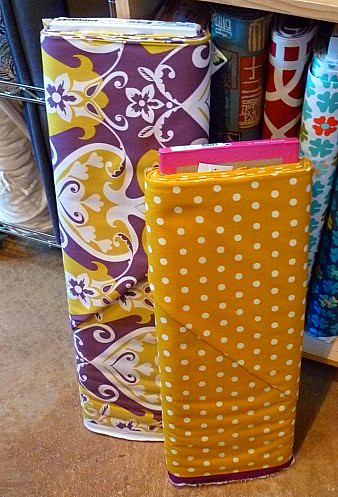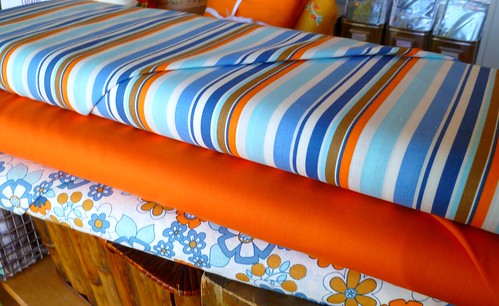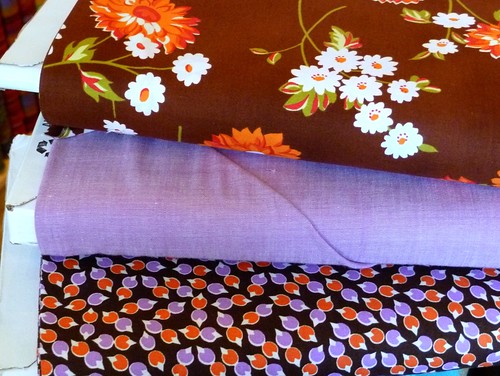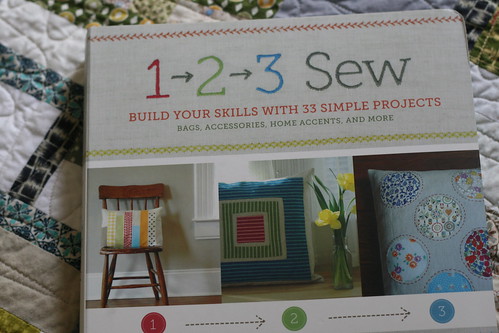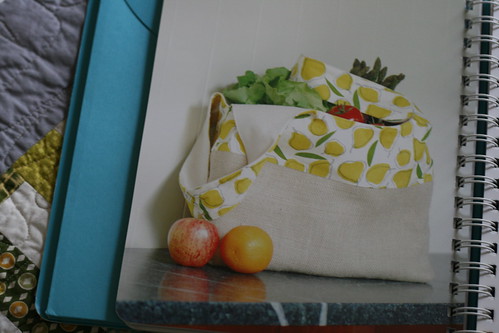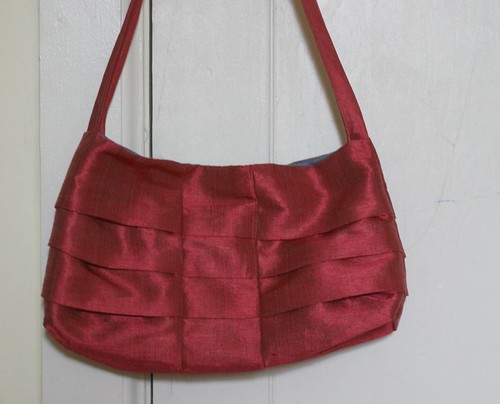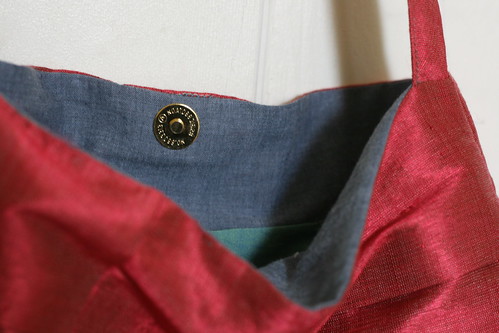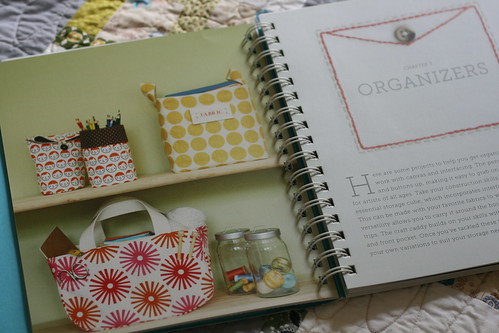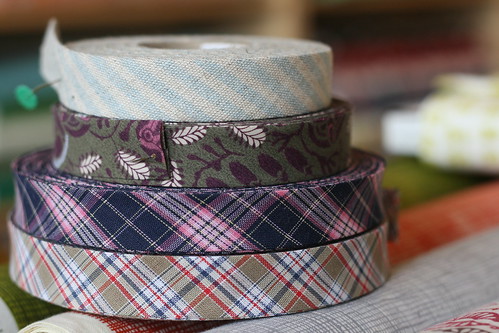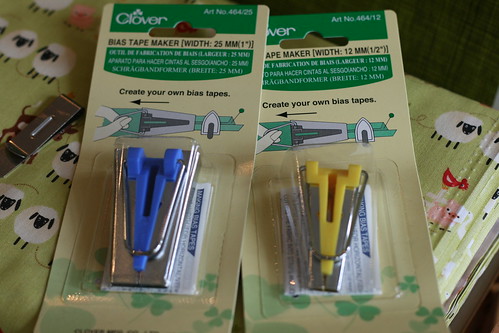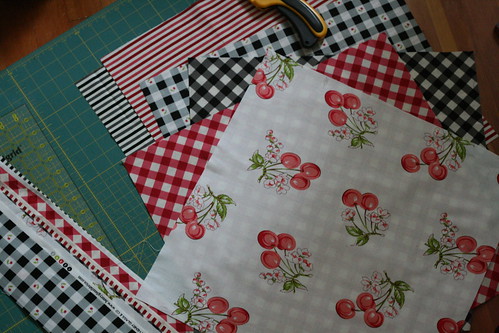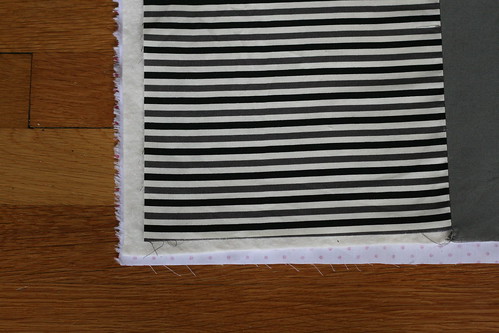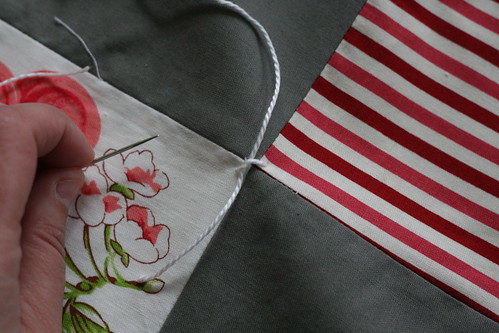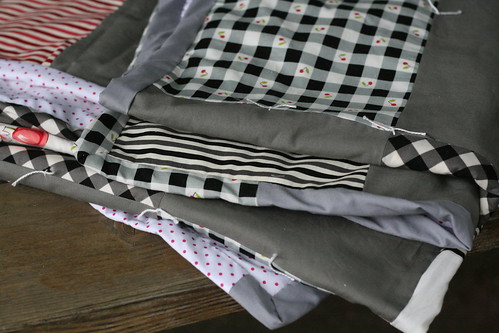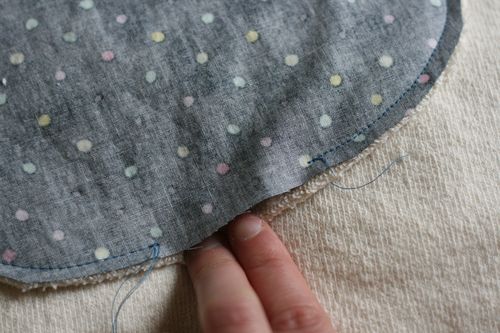--Meredith
I'm a little late getting started (I wasn't sure if I could find time) but I've decided to jump head first into Colette Pattern's Fall Palette Challenge. You can read a little bit more about it here but to summarize, one is tasked to pick a color palette of approximately 5-6 colors and stitch up some wardrobe goodness. I participated in her previous Spring Palette Challenge and found her philosophy entirely true. I consider my closet--what I've got a lot of, what I have little or nothing of, what I personally like to wear, what colors I wear alot of--and plan what items I'd like to bring in. It encourages you to be thoughtful about your selection and responsible for one's consumption of disposable fashion. I'm on a mission to make my entire wardrobe...I'm not there yet. But I'm working on it!
I thought I'd share my Fall Palette quest with you, Bolt readers, and you would keep me in line and moving forward. I'm feeling ambitious yet realistic. Well, maybe just crazy.
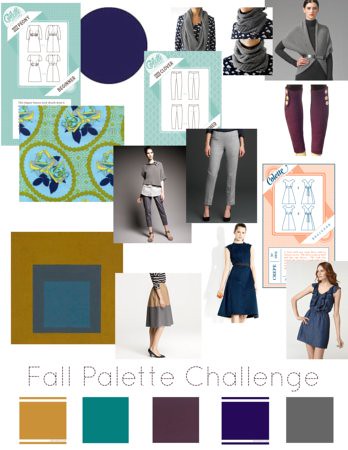
--Colette's new patterns, Peony (a boatneck dress, loving!)
--and Clover (cigarette pants!) These should be available any day now.
--Sorbetto (Colette's free pattern) with the addition of cap sleeves
--A pencil skirt from Sew Everything Workshop (or a color-blocked gathered full skirt...I can't decide)
--Knit set consisting of a shrug, scarf, and leg warmers (all of which I'll be showing you how to do!)
--Maybe a Fall version of Colette's Crepe wrap dress. In denim!
First up, my Fall Sorbetto. I printed this oh-so-helpful free sleeve download specifically drafted for this top. Thank you, Mena and Claire! She does state there is no size mentioned so I assumed I would need to alter it a little bit. I used your standard slash & spread flat pattern technique so I could maintain the integrity of the original shape at the underarm. I cut at the shoulder seam notch since I could see there was more to the back than the front. Don't forget there is seam allowance at the shoulder seams of the original tank, so you won't need to add it as much. Be sure to measure the sleeve opening to make sure you add in (or remove) the proper number of inches. I cut a sz. 14 in the Sorbetto and added in 2 1/8" to my sleeve.
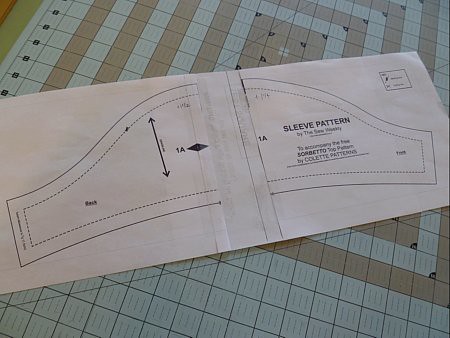
I chose this purple and blue crosshatch print in a cotton/silk blend that I've had my eye on hanging out in the silk bin. I'm a sucker for a good crosshatch and I thought the blend would be good for our gentle transistion into fall. It'll be great with a cardigan in November but still lightweight enough to wear through September. Now that I have an excuse and project, the bolt gets to make a trip to the cutting counter.
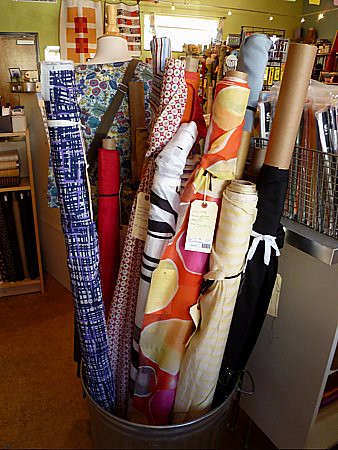
Even though I was adding sleeves, the yardage was wider than I've used before and April and I thought I could get my sleeves and binding out of 1 1/2 yds. We were right! I did want to maximize yardage for that very reason and you can see here how I folded it to do so.
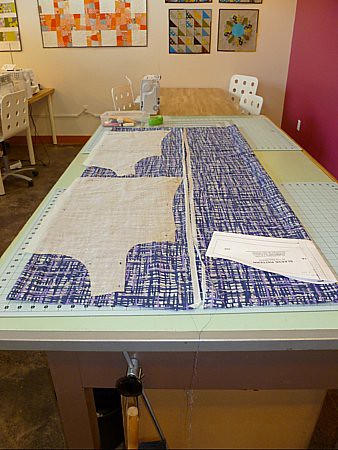
Then a little stitch here, serge there, bias tape maker here, hem there and voila. I feel like I'm off to a good start!
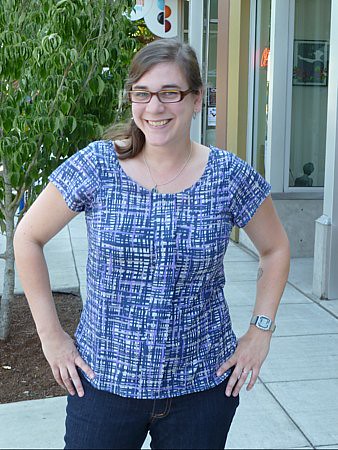
If you're interested in doing the Fall Palette Challenge with me, you're welcome to join in the fun on the forum Sarai set up for just such things. Choose as many or as little garments as you'd like!
